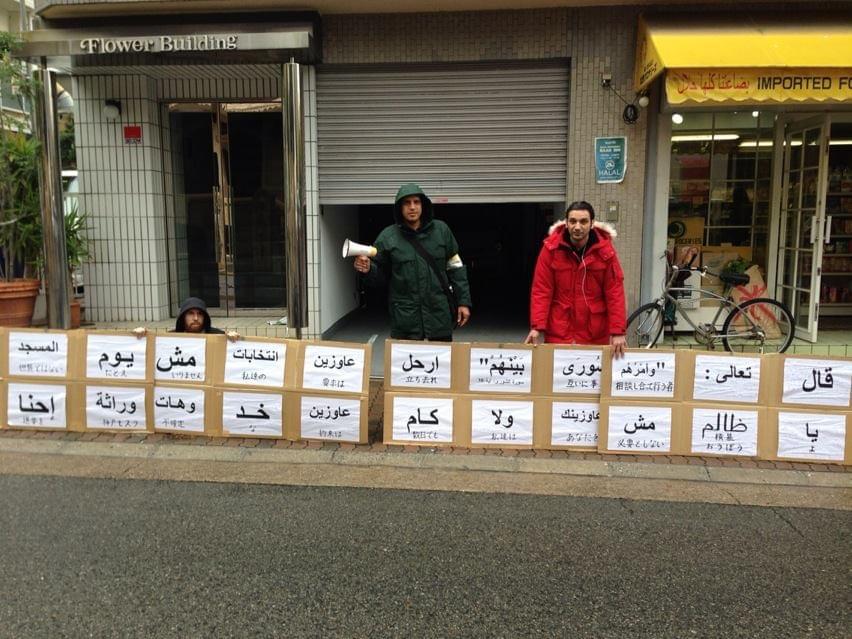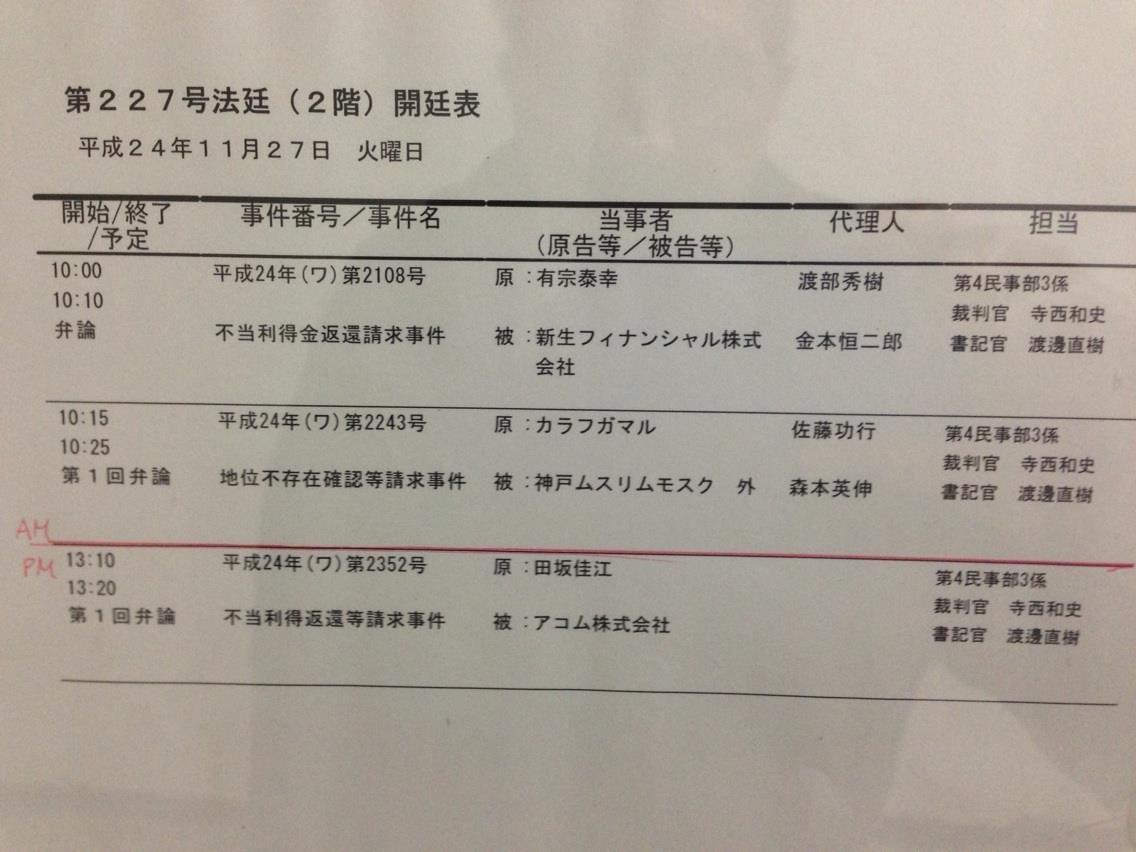
One day, a man named Mr. Zia moved from Tokyo to Kobe. After visiting Kobe Mosque, he was so impressed that he decided to settle in the city.
Together with Mr. Yousuf Badaliya, he began managing the mosque. Over time, the two of them took full control of its operations. They didn’t allow any participation from the wider Muslim community and refused to share any information about the mosque’s management.
According to the mosque’s official constitution (the Teikan), the management team should be chosen through elections by the believing members. However, Mr. Zia, Mr. Yousuf Badaliya, and another man named Mr. Sobhi believed that elections weren’t necessary because the Muslim population in Kobe was too small.
But not everyone agreed.
Complaints started to grow, and by November 27, 2012, tensions reached the courtroom. A lawsuit was filed in the Kobe District Court (Courtroom 227, 2nd Floor). The case challenged the legitimacy of those managing the mosque and was titled a “Status Non-Existence Confirmation Lawsuit” (地位不存在確認等請求事件).

This meant someone was asking the court to confirm that certain individuals had no rightful legal position to represent the mosque.
Mr. Hidenobu Morimoto served as the mosque’s attorney, and Judge Kazufumi Teranishi presided over the case.
It became clear that deep divisions had formed — and this was just the beginning.
By 2014, protests had grown louder. Frustrated members of the community even gathered in front of the mosque, demanding change, fairness, and transparency.
